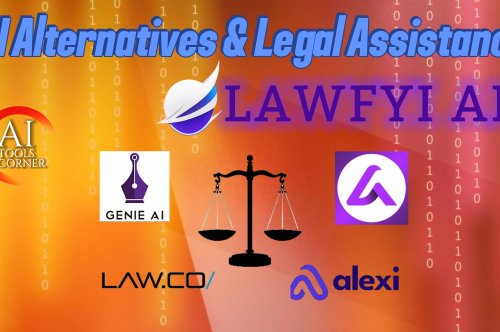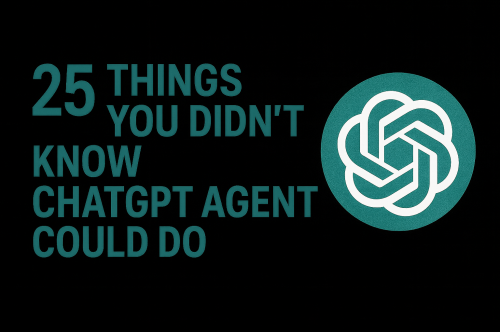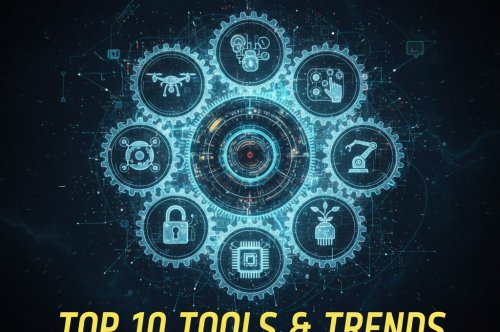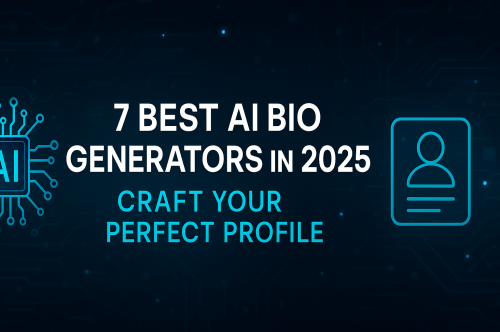AI Scheduling Assistant: Transform Your Productivity in 2025
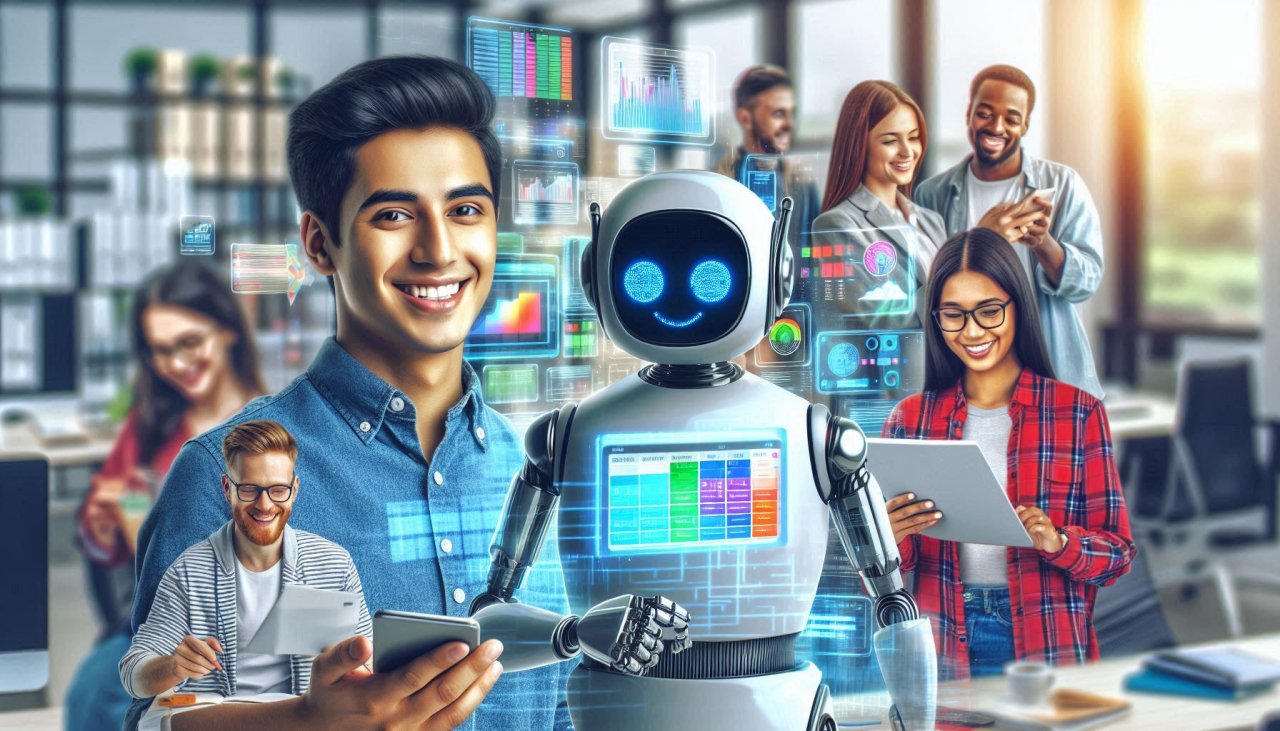
Introduction to AI Scheduling Assistants
In today’s fast-paced world, managing time effectively is a universal challenge. Enter AI scheduling assistants—intelligent tools that automate calendar management, eliminate back-and-forth emails and optimize your daily workflow. By 2025, 78% of businesses are projected to adopt AI-driven scheduling solutions to enhance productivity. In this blog, we’ll explore how these tools work, their top benefits, the best AI scheduling assistants on the market, and why they’re essential for professionals and teams in 2025.
Why AI Scheduling Assistants Are a Game-Changer
AI scheduling assistants use machine learning and natural language processing (NLP) to automate tedious tasks. Here’s why they’re indispensable:
-
Save Hours Every Week
No more manual calendar juggling. AI tools like Clara or Clockwise sync with your calendar, prioritize meetings, and block focus time automatically. -
Reduce Human Error
Forget double-bookings or time zone mix-ups. AI ensures 100% accuracy in scheduling. -
Enhance Professionalism
Instant, 24/7 scheduling via chatbots (e.g., Jamie) creates seamless client experiences. -
Scalability
Perfect for teams managing hundreds of appointments, such as sales teams using HubSpot’s AI scheduler.
Top 5 AI Scheduling Assistants in 2025
Based on usability, integrations, and features, here are the top tools dominating Google searches:
-
Jamie
-
Best for: Sales teams and client-facing roles.
-
Key Features: Automates meeting summaries, integrates with CRM tools, and books appointments via email.
-
Why Ranked High? Meetjamie.ai’s blog highlights its NLP-driven “set-and-forget” functionality.
-
-
Clockwise
-
Best for: Teams optimizing collaborative workflows.
-
Key Features: AI reschedules meetings to protect focus time and balances team calendars.
-
-
Reclaim.ai
-
Best for: Freelancers and remote workers.
-
Key Features: Syncs with Google Calendar, auto-schedules habits (e.g., lunch breaks), and adjusts dynamically.
-
-
HubSpot Scheduler
-
Best for: Sales and marketing teams.
-
SEO Edge: HubSpot’s blog emphasizes CRM integrations and pipeline automation.
-
-
Zapier Interfaces
-
Best for: Custom workflows.
-
Key Features: Pair with Calendly or SavvyCal to build no-code booking solutions.
-
How to Choose the Right AI Scheduling Assistant
-
Identify Your Needs
-
Solo users: Look for simplicity (e.g., Calendly).
-
Teams: Prioritize collaboration features (e.g., Clockwise).
-
-
Check Integrations
Ensure compatibility with tools like Zoom, Slack, or Salesforce. -
Test AI Accuracy
Free trials reveal how well the tool handles complex requests (e.g., time zone conversions). -
Budget
Pricing ranges from free plans (Calendly) to enterprise tiers ($20+/user monthly).
The Future of AI Scheduling Assistants
By 2025, expect:
-
Voice-Activated Scheduling: Tools like Siri or Alexa will book meetings via voice commands.
-
Predictive Scheduling: AI will analyze past behavior to pre-schedule tasks.
-
Cross-Platform Sync: Unified scheduling across email, WhatsApp, and LinkedIn.
FAQs
Q: Are AI scheduling assistants secure?
A: Yes—tools like Jamie and HubSpot use encryption and GDPR-compliant data practices.
Q: Can they handle group meetings?
A: Absolutely! Tools like Doodle or Scheduling Poll find consensus across time zones.
Q: Do they work offline?
A: Most require internet access, but apps like Fantastical offer offline calendar management.
Conclusion
AI scheduling assistants aren’t just a trend—they’re a productivity revolution. Whether you’re a solopreneur or part of a global team, these tools eliminate administrative chaos and free up time for high-impact work. Ready to transform your schedule? Start with Jamie or HubSpot Scheduler and experience the future of time management today.
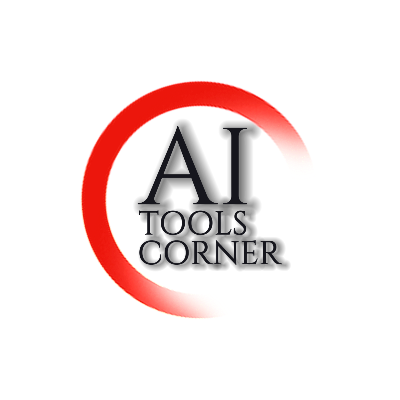
![Top 7 Best AI Face Swappers For Free [Features, FAQ & More]](https://aitoolscorner.com/uploads/blog/202406/img_thumb_667db403ea4981-27833470.webp)

